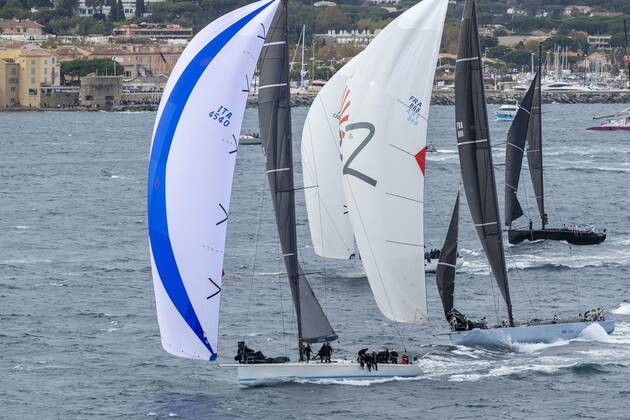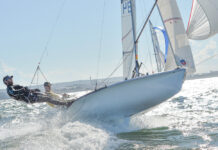

There are plenty of ways that a beginner can become a winner.
There are an enormous number of ways that we can get better results out on the racecourse, not the least of which is time on the water. Unfortunately, time is not something that many of us have to spare in any great quantity.
I have laid out below a few basics for those starting out on their journey to improve and although the list is not exhaustive, I believe it is a great starting point.
Smart Sailing To Windward.
- Set your sails for the conditions before the start to make sure you are fast off the line.
- Be sure that you note how the wind is shifting before the start.
- Make sure that the helmsperson and crew work together through the tacks to maintain boatspeed.
- Maintain clear air at all times.
- Be constantly aware of where other boats are on the course – don’t be taken by surprise.
Calculating Wind Direction
- Calculate where the wind is coming from by keeping track of your close-hauled headings.
- Record the compass headings on each tack and calculate the wind direction as a midway point between the two.
- keeping track of course headings and wind direction whilst in the heat of competition can get confusing so to get in the habit of practising this skill while you are out daysailing or cruising so it becomes second nature.
Rounding The Windward Mark.
- Keep crew weight on the windward rail as long as possible.
- Prefeed the spinnaker to help separate the clews.
- Ease the main but only ease the headsail a little to help pull the bow down and also make it easier to drop on the deck.
- During a gybe set with a symmetrical spinnaker, get the spinnaker drawing first then worry about the pole.
Spotting New Wind.
- When you are looking for wind shifts and puffs, go with any evidence you can find. Patches of dark rippled water or whitecaps are good indicators.
- Keep an eye out for other boats or indicators onshore such as flags, trees or smoke.
- To get better at this skill, get in the habit of being on the lookout for new wind even when you are out for an afternoon sail with friends.
Downwind Sailing Tips.
- Either you or a member of your team should keep looking astern for shifts or more breeze.
- In light to moderate air, always gybe downwind to take advantage of apparent wind.
- Generally depending on the type of boat you sail, dead downwind is slow, especially under 15 knots of wind.
- Play the shifts so you are sailing on headers whenever possible.
- Boats with asymmetrical spinnakers need to sail higher and hotter angles to get the spinnaker out from behind the mainsail.
Avoiding Trouble On A Reach
- Avoid a luffing match by being aware of other boats so you are not taken by surprise.
- As other boats catch you or you catch other boats, think through your options. Anticipate the tactical situation that you are about to face and act decisively. If the competitor you are dealing with realises you are fully aware, they are less likely to take you on.
- Sometimes it makes sense not to try to pass another competitor if it could slow you down allowing those behind to overtake you.
- If someone tries to overtake, sail up a little to keep yourself between them and the mark but don’t sail as high a course as the competitor astern.
Leeward mark tips.
- Always go in wide and out tight unless traffic does not allow this.
- When coming around onto a beat, trim the main in first letting the jib lag to help bring the bow around so less rudder-induced drag is created.
- If there is a crowd at the leeward mark it often makes sense to drop the kite early so you can look for a way to sneak around inside the gaggle.







